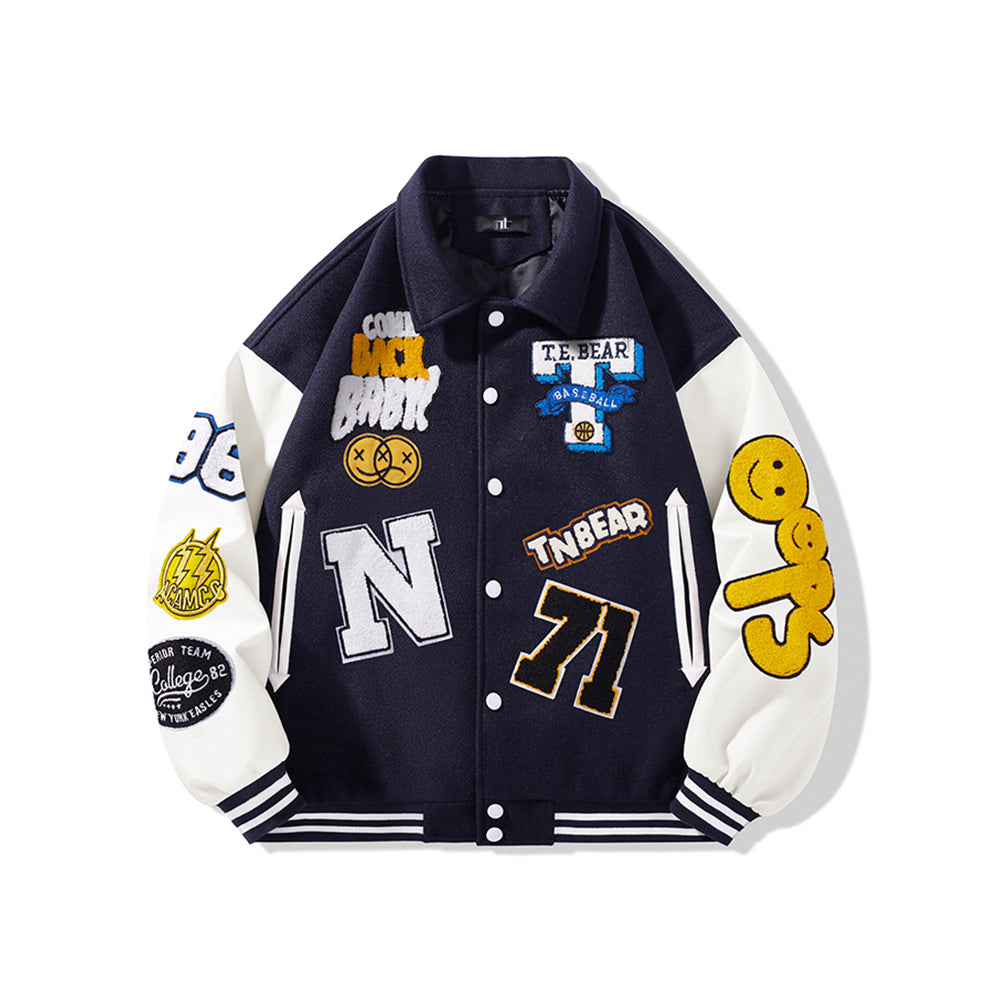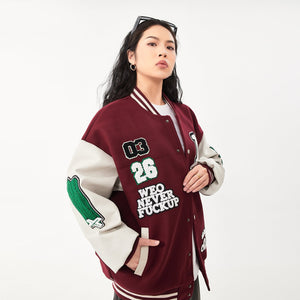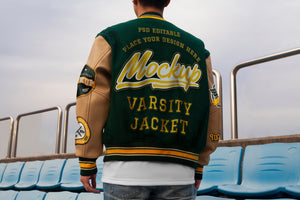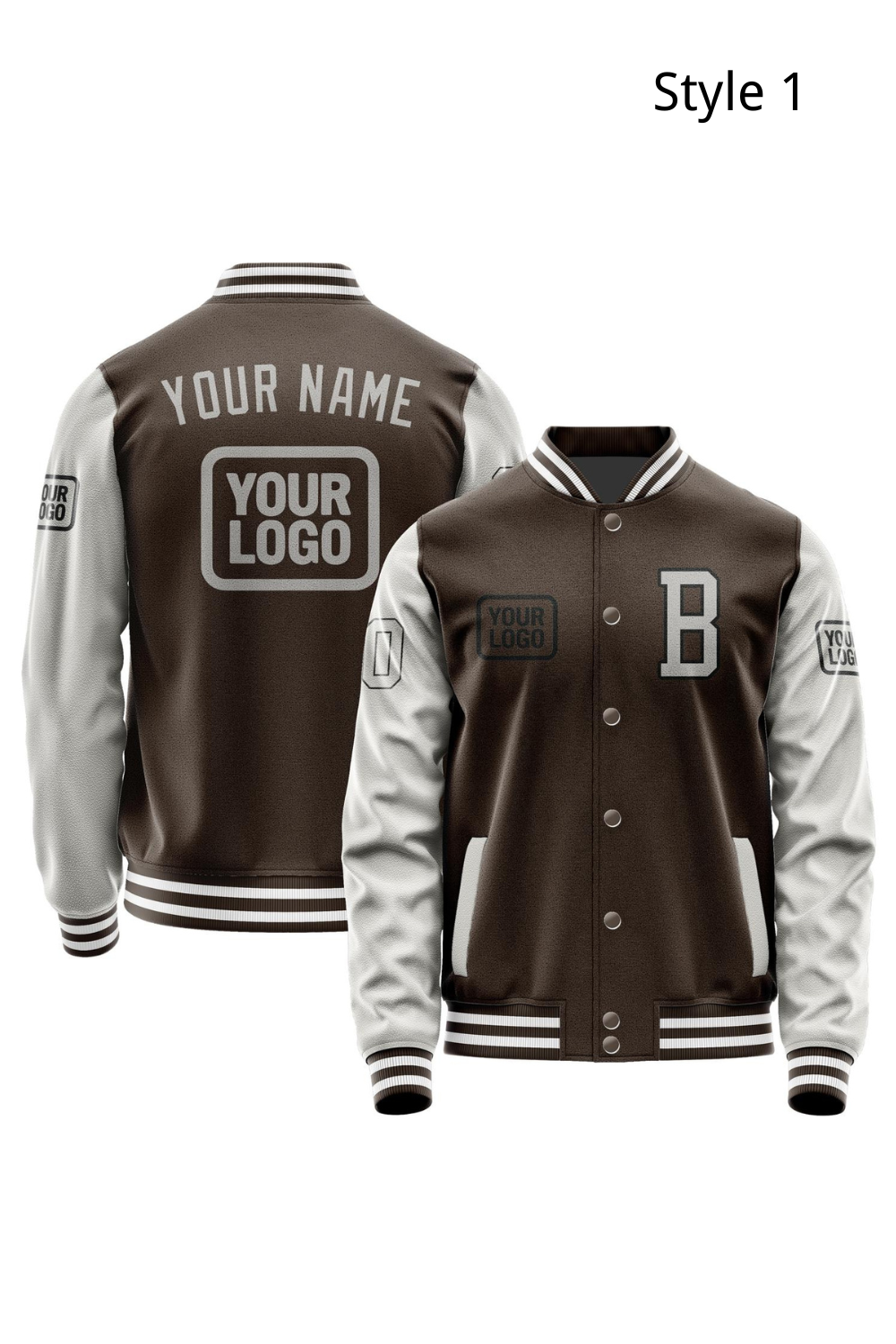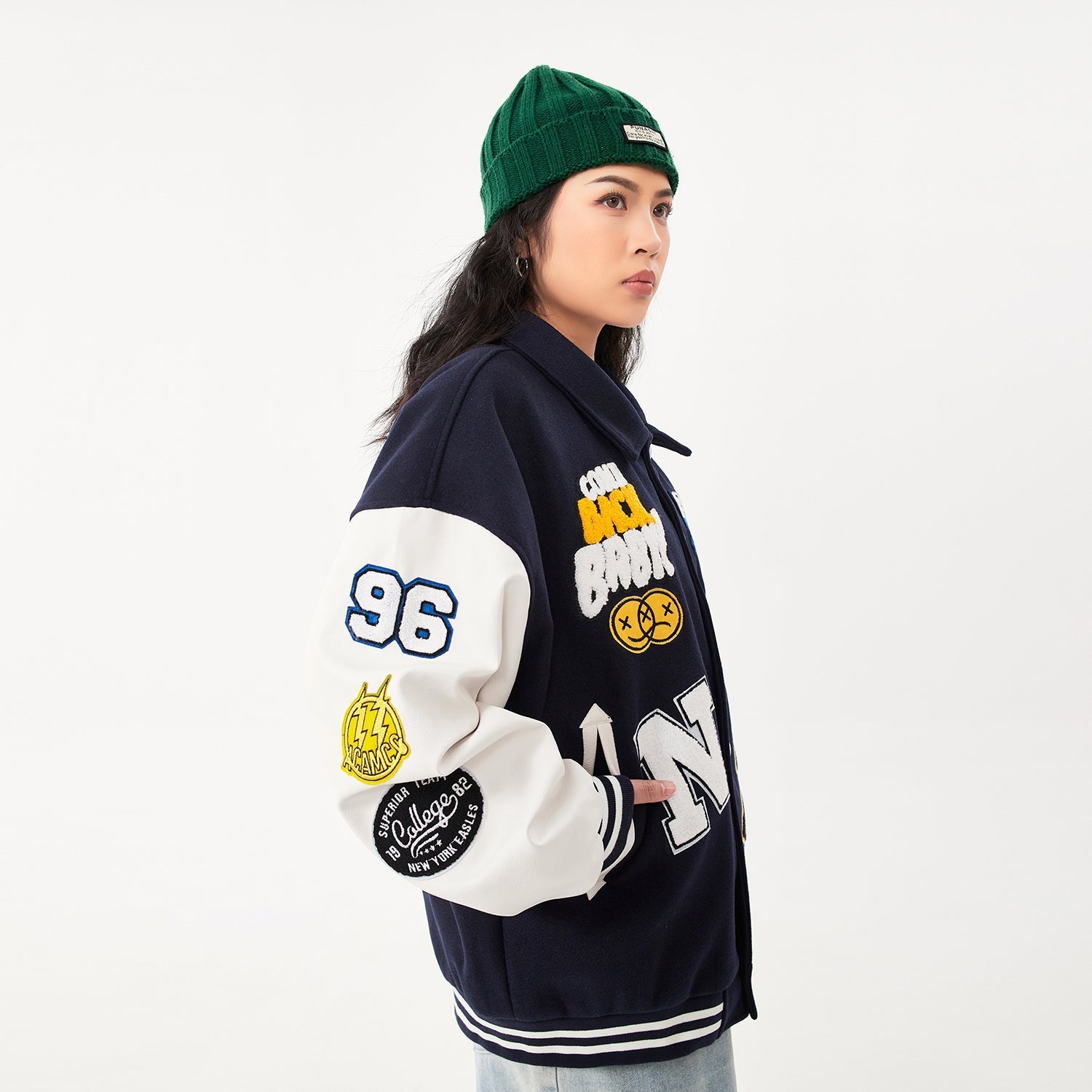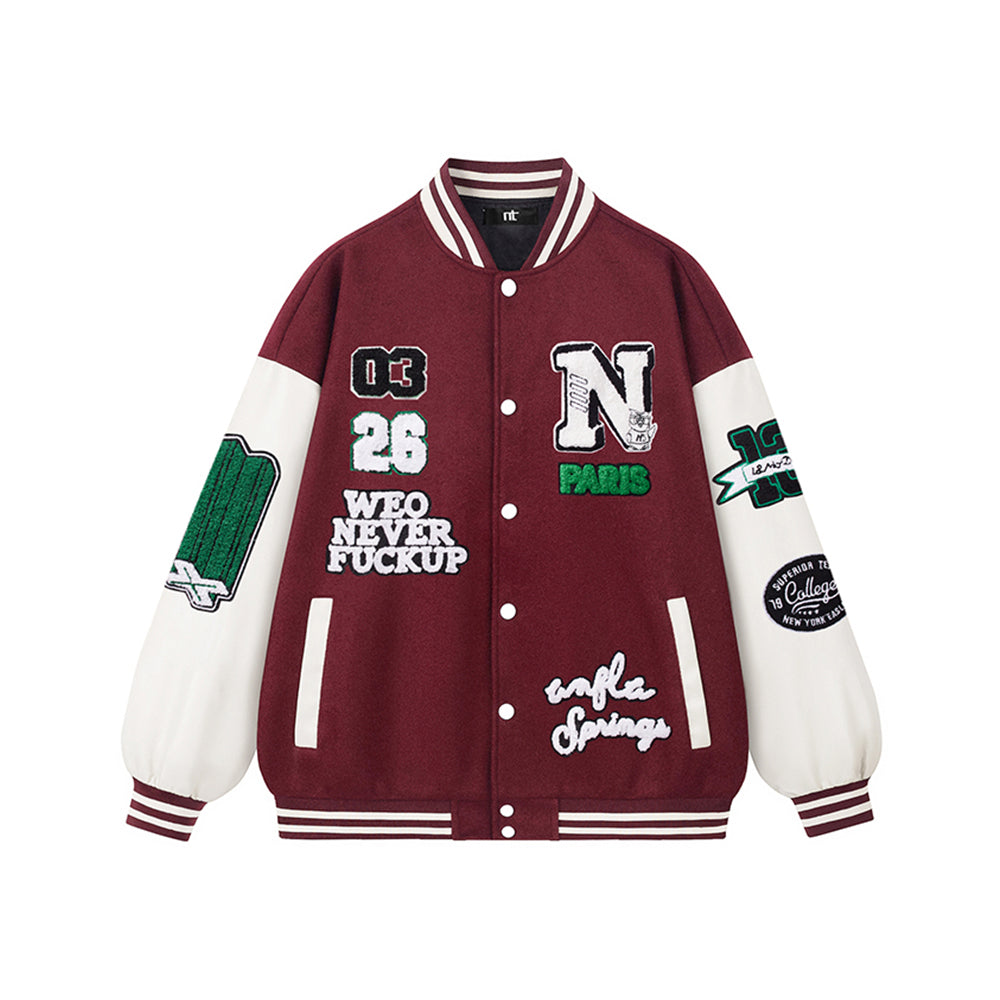The evolution of outdoor apparel reflects a dynamic interplay between tradition and innovation. As consumers prioritize sustainability without compromising style, the rise of custom line jackets—particularly custom north face jacket and custom nurse jacket variants—has redefined the boundaries of functional fashion. This article explores how classic designs and eco-conscious alternatives diverge in material science, branding strategies, and cultural relevance, offering actionable insights for discerning buyers.
I. The Fabric of Innovation: Material Science in Custom Line Jackets
Classic Outdoor Jackets: Performance at a Cost
Traditional outdoor brands, such as The North Face, have long relied on synthetic fabrics like Gore-Tex and polyester blends for their custom north face jacket collections. These materials excel in waterproofing, breathability, and durability, making them ideal for extreme weather. However, their production involves petroleum-based chemicals and energy-intensive processes, contributing to environmental degradation.
Eco-Conscious Alternatives: Sustainability Meets Function
In contrast, modern custom line jackets prioritize recycled and biodegradable materials. Brands like Patagonia and Veja incorporate recycled polyester from plastic bottles, organic cotton, and hemp into their designs. For instance, a custom nurse jacket made from hemp-blend fabric offers hypoallergenic properties and reduces water consumption by 50% compared to conventional cotton. Innovations like Tencel™ (derived from sustainably harvested eucalyptus) further bridge the gap between eco-friendliness and performance.
Technical Edge:
- Classic: DWR (Durable Water Repellent) coatings often contain PFAS, a harmful "forever chemical."
- Eco: Plant-based DWR alternatives, such as those from Schoeller Textil, provide similar protection without toxicity.
II. Production Processes: From Factory to Closet
Conventional Manufacturing: Efficiency vs. Ethics
Mass-produced custom north face jacket models typically follow a linear supply chain: raw material extraction → chemical processing → assembly in low-wage regions. This model prioritizes cost reduction but generates significant waste. For example, producing one polyester jacket emits 7 kg of CO₂, equivalent to driving 17 miles.
Circular Economy Models: Redefining Waste
Eco-brands adopt closed-loop systems to minimize environmental impact. A custom nurse jacket from a brand like Nudie Jeans might use 100% organic cotton and offer free repair services to extend its lifespan. Additionally, some companies integrate blockchain technology to trace materials from farm to finished product, ensuring transparency.
Case Study:
- The North Face’s Renewed Collection: Repurposes post-consumer jackets into new designs, reducing landfill waste.
- Patagonia’s Worn Wear Program: Encourages customers to trade in old gear for store credit, fostering a culture of reuse.
III. Brand Analysis: Heritage vs. Disruption
Legacy Players: Balancing Tradition and Change
Brands like The North Face leverage their heritage to maintain credibility. Their custom north face jacket lines often feature iconic silhouettes, such as the Denali fleece, updated with recycled insulation. However, critics argue that their sustainability efforts remain incremental compared to niche eco-brands.
Emerging Eco-Labels: Niche Appeal, Global Ambitions
Startups like Allbirds and Girlfriend Collective focus on radical transparency. A custom line jacket from Allbirds might use merino wool sourced from regenerative farms, while Girlfriend Collective repurposes ocean plastic into activewear. These brands cater to millennials and Gen Z, who prioritize ethical consumption.
Cultural Impact:
- Custom nurse jacket collaborations with medical professionals highlight the intersection of fashion and social responsibility.
- Custom north face jacket x Gucci partnerships blend outdoor utility with high fashion, appealing to luxury consumers.
IV. Performance Showdown: Classic vs. Eco in Real-World Conditions
Field Testing: Durability and Comfort
In head-to-head comparisons, classic custom line jackets often outperform eco-alternatives in extreme cold or wet conditions. However, advancements in plant-based membranes (e.g., Pinex from Sympatex) have narrowed this gap. A custom nurse jacket tested in a hospital setting demonstrated comparable moisture-wicking properties to synthetic counterparts, with the added benefit of being chemical-free.
Price and Accessibility
Eco-jackets typically cost 20–30% more due to sustainable sourcing. Yet, brands like Decathlon’s Forclaz line offer affordable custom line jackets made from recycled materials, proving that eco-consciousness need not be exclusive.
V. Cultural Trends: Retro Revival and Collaborative Creativity
Nostalgia Meets Sustainability
The resurgence of 90s-inspired custom line jackets—think oversized fits and bold logos—has been reimagined through eco-friendly lenses. A custom north face jacket from the 1996 Retro Nuptse collection, now made with recycled down, exemplifies this trend. Similarly, custom nurse jacket designs draw inspiration from vintage medical uniforms, updated with modern cuts.
Collaborations as Catalysts
Limited-edition drops, such as a custom nurse jacket x artist collection, generate buzz while promoting sustainability. These partnerships often donate proceeds to environmental causes, aligning profit with purpose.
VI. Style Guide: How to Wear and Choose Your Perfect Jacket
Versatility in Wardrobe Integration
- Classic: Pair a custom north face jacket with jeans and boots for a rugged look.
- Eco: Style a custom line jacket with linen trousers for a casual, earthy vibe.
- Professional: A tailored custom nurse jacket in muted tones elevates workwear.
Buyer’s Checklist
- Material: Opt for recycled polyester, organic cotton, or Tencel™.
- Certifications: Look for Bluesign® or Fair Trade labels.
- Fit: Ensure mobility for outdoor use or a polished silhouette for urban settings.
- Brand Ethos: Support companies with transparent supply chains.
VII. The Future of Custom Line Jackets: Innovation Without Compromise
As technology advances, the divide between classic and eco-friendly custom line jackets will diminish. Biofabricated materials, such as lab-grown leather and algae-based foams, promise to revolutionize the industry. Meanwhile, brands like The North Face are investing in carbon-neutral manufacturing, signaling a broader shift toward sustainability.
For consumers, the choice between a custom north face jacket and an eco-alternative no longer requires sacrificing performance for principles. By prioritizing certifications, ethical production, and timeless design, buyers can invest in pieces that protect both the planet and their personal style.
Final Thought:
The rise of custom line jackets—whether a rugged custom north face jacket or a chic custom nurse jacket—reflects a larger cultural movement toward mindful consumption. As brands innovate and consumers demand accountability, the future of outdoor apparel is not just functional but fundamentally sustainable.

